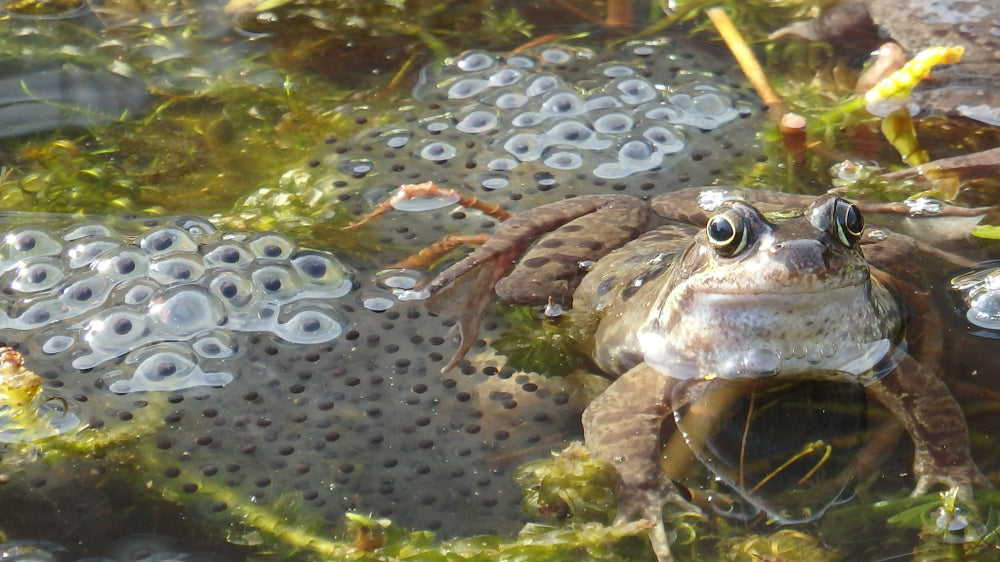March

At last the time for wishful thinking, dreaming, and talking of ‘signs of spring’ is over. A trip into the garden will prove beyond doubt that we are now firmly in the grips of spring. Most gardens with a pond will by now be seeing activity from frogs and toads, their clusters or strings of spawn clearly evident in the sunny shallows. Early morning walks are accompanied by enthusiastic birdsong. Hedges and potting sheds are being investigated for suitable nesting sites and of course our borders, long displaying their brown coats of mulch, are greening up, as perennial plants - many old friends - return once again.
Named after Mars, the Roman god of war, this month Martius was the first month of the ten month long Roman calendar. The Anglo-Saxons referred to it as Hlyd monath, the stormy month, an association that seems to have been lost over the centuries. Around the 21st of this month the sun is finally over the equator (the vernal equinox) and for those of us in the northern hemisphere, days start to get longer as day length starts to exceed darkness.
It’s at the end of March that ‘daylight saving’ is implemented where clocks are put forward by one hour, the original intention being to make the most of the available daylight to increase productivity. This idea, originally touted by William Willet in 1907, wasn’t put into practise until May 21st 1916 a year after Willet died.
With daffodils now reaching peak season it’s time for the very early bulbs to take a back seat and now is a great time to be planting snowdrops ‘in the green’. Many suppliers will be sending the bulbs out now with their leaves still attached and they can be planted out into grass banks or under trees where they’ll come back into flower next spring.
Gardeners Christopher Lloyd, Vita Sackville West and Architect Sir Edwin Lutyens were March babies.







